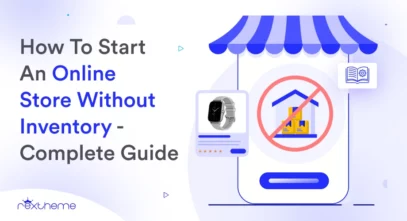- Last updated on: 15 mins read
How To Generate Product XML Feed For BestPrice Greece – WooCommerce (2024)
Did you know you could easily increase your sales by promoting on local price comparison sites?
If you are a retailer in Greece or own a Greek online eCommerce site, then you can easily boost your sales through BestPrice.gr.
BestPrice is amongst the top three price comparison sites in Greece. With an average of 5.6 million monthly traffic, promoting your products here could be a game-changer for your business to help you grow your revenue.
To list your products on BestPrice.gr, all you need is to join their marketplace as a Merchant, generate a product XML feed in the right format, and upload it to your merchant account to start selling. That’s it.
If you run a WooCommerce store to sell products within Greece, then you can easily generate a product feed for BestPrice in just a few clicks, using the right tool.
In this guide, you’ll learn about,
- How to join BestPrice.gr marketplace
- The right XML format to submit products on BestPrice.gr
- The mandatory attributes to generate this product feed
- How to generate WooCommerce feed for BestPrice in just a few clicks.
And once you have the feed ready, you can go ahead and upload your products to BestPrice to start selling immediately.
So let’s get started.
Table Of Contents
Guide To Generate BestPrice Product Feed
The first thing to do is to join BestPrice.gr merchant program.
You may visit the BestPrice for merchants page, and there, you will get to know all the details required to join the marketplace. Sign up and configure your Merchant Affiliates Platform settings such as Shipping, Taxation, Policies, and other such data.
Joining this marketplace requires a small fee, but that is very little compared to the thousands of dollars worth of business it will generate.
Once you are a merchant, the next thing to do is to upload your products to the marketplace in the right format.
Feed Specification For BestPrice Product Data
When generating a data feed to upload your products on BestPrice.gr, you will need to maintain the following XML format:
<?xml version="1.0" encoding="ISO-8859-7"?>
<store>
<date>--date-- --time--</date>
<products>
<product>
---PRODUCT ATTRIBUTES AND DATA HERE---
</product>
</products>
</store>Here, you have to include the date and time when you generated the feed and the correct product attributes for each product.
But if you have a WooCommerce store, you do not need to worry about creating this format on your own. You can simply use the plugin, Product Feed Manager for WooCommerce, to generate XML feed in just a few clicks.
**We will discuss more on this plugin later on in this article.
Let us look at the product attributes’ data you need to include for each product.
Required Product Attributes For BestPrice Feed – With Examples
The following are the mandatory attributes you need to submit for each product on BestPrice —
| Attribute | Instructions | Example |
|---|---|---|
| productId Format: <productId>…</productId> | This should be a unique ID for the product. You could use your store’s Product ID or the Product SKU as value for this attribute. | <productId>15</productId> |
| title Format: <title>…</title> | The product title should include the product name and additional information such as Manufacturer/Brand name, its unique features, model name, etc. | <title>Lacoste Hoodie With Logo – Grey</title> |
| productURL Format: <productURL>…</productURL> | This is the direct URL of the product. For variable products, it must be unique for each variant. | <productURL>https://www.yourdomain.gr/products/lacoste-hoodie-grey</productURL> |
| imageURL Format: <imageURL>…</imageURL> | You need to submit at least one image for your product. **For multiple images, you have to use the tag, ‘imagesURL’ instead, which is explained in the next row. | <imageURL> https://www.yourdomain.gr/productimage1.png </imageURL> |
| imagesURL Format: <imagesURL> <img1>…</img1> <img2>…</img2> </imagesURL> | If you want to submit multiple images for your products, then you need to use this attribute tag instead of ‘imageURL.’ | <imagesURL> <img1>https://www.yourdomain.gr/productimage1.png</img1> <img2>https://www.yourdomain.gr/productimage2.png</img2> </imagesURL> |
| price Format: <price>…</price> | Submit the current selling price of the product, i.e., if the product is on a discount, then you have to submit the discounted price; else, just submit the original price. In WooCommerce, if you have a sale price assigned for a product, you have to submit the sale price as the product’s price in the feed. | <price>59.99</price> |
| category_path Format: <category_path>…</category_path> | Include the product category name, if possible, with the complete category path with a ‘->’ separator. *Alternatively, you can submit the category Id if you want. | <category_path>Τεχνολογία->Κινητή Τηλεφωνία->Κινητά τηλέφωνα</category_path> |
| availability Format: <availability>…</availability> | This attribute is mainly used to define the delivery time. The accepted values for availability are: – Σε απόθεμα – Παράδοση σε 1–3 ημέρες – Παράδοση σε 4–7 ημέρες – Παράδοση σε 4–10 ημέρες – Παράδοση σε 8–14 ημέρες – Κατόπιν παραγγελίας – Προπαραγγελία – Εξαντλήθηκε ** Σε απόθεμα (which means ‘in stock’ signifies that the product is available for pickup. | <availability>Παράδοση σε 1–3 ημέρες</availability> |
| brand Format: <brand>…</brand> | Submit the brand name of your products. If you are the manufacturer, then you can use your company name as the brand name. | <brand>Market προσφορέσ</brand> |
| EAN / Barcode /MPN / SKU Format: <MPN>…</MPN> | You need to include the Manufacturer’s Part Number for your products. **If you do not have an MPN, then you may submit the EAN, Barcode, or product SKU as value for this attribute. | <MPN>MN8X2ZD/A</MPN> |
Once you include these required attributes, your feed is pretty much ready to be uploaded to the BestPrice marketplace.
However, there are more attributes you may need or want to include to optimize this feed further.
Conditional Required Attributes
You have to submit a few attributes depending on specific factors. For example, if your product is a Book, then you must submit an ISBN.
Let us look at these conditional attributes.
| Attribute | Instructions | Example |
|---|---|---|
| ISBN Format: <ISBN>…</ISBN> | If your product is a book, then you must submit the ISBN instead of MPN or EAN. | <ISBN>960-6604-92-6</ISBN> |
| size Format: <size>…</size> | If your product is a clothing or footwear product, then you must submit the size attribute. You can simply submit all available sizes via this attribute, using commas to separate them. **This can be used for products in any other category as well, if relevant. | <size>S,M,L,XL</size> |
| color Format: <color>…</color> | For variable products that vary in color, each variant should be generated as a separate product. And you have to include the color attribute to it to specify its color. | <color>Red</color> |
| weight Format: <weight>…</weight> | You will need to submit the weight attribute if you choose the shipping cost calculation based on weight when defining the shipping cost through the Merchant Affiliation Platform. You can submit the value as a numeric value (integer or decimal) or an alphanumeric value (weight + unit). **If you use the alphanumeric value, then the unit of weight must match the unit you defined in the Merchant Affiliation Platform. | <weight>5.2</weight> |
Optional Attributes To Further Optimize The Feed
You may also choose to include a few optional attributes to optimize your product data submission.
| Attribute | Instructions | Example |
|---|---|---|
| stock Format: <stock>Y</stock> | Use this attribute to indicate if the product is in stock or not. Submit the value as ‘Y’ if the product is in stock and ‘N’ if the product is not in stock. **This is an optional field. If you do not submit this attribute, or if the value for this attribute is empty for any product, then the stock status will be considered as “Κατόπιν Παραγγελίας” (i.e., “upon order”). | <stock>Y</stock> |
| categoryID Format: <categoryID>…</categoryID> | You may submit the category Id along with the category path to improve accuracy. **If you submit a category id that is not correct as per the category path you submit, then this attribute will be ignored. | <categoryID>223</categoryID> |
| warranty_provider Format: <warranty_provider>…</warranty_provider> | You may submit this attribute if there is a warranty available for a product. Following are accepted values: – GR: if the product is guaranteed by the official Greek dealership and/or authorized service points within Greece. – EU: if the product has a European warranty from the manufacturer (dealership or authorized service points within the European Union), which does NOT include the Greek delegation. – STORE: if the guarantee is provided by the store itself or the store partner. | <warranty_provider>STORE</warranty_provider> |
| warranty_duration Format: <warranty_duration>…</warranty_duration> | This is the duration of validity of the warranty period in months. **It is mandatory to submit if you include the ‘warranty_provider’ attribute. | <warranty_duration>24</warranty_duration> |
| bundle Format: <bundle>…</bundle> | For a bundled product, you can use this attribute to indicate the productIDs of the products that were bundled together. | <bundle>B1C2, A2B6</bundle> |
| features Format <features> <power>…</power> <voltage>…</voltage> </features> | If you have an electronic product that has a measurable power and voltage, then you can use this attribute to indicate the values. | <features> <power>1000W</power> <voltage>230V/50Hz</voltage> </features> |
| shipping Format: <shipping>…</shipping> | If you want to include a unique shipping cost for a certain product, i.e., a different shipping cost than the one you defined in the Merchant Affiliate Platform, then you can use this attribute. **If you want to indicate free shipping, then submit a value of 0 for this attribute. | <shipping>2.99</shipping> |
Example Feed For BestPrice In The Right Format
Here’s a sample BestPrice feed structure with example data.
<?xml version="1.0" encoding="ISO-8859-7"?>
<store>
<date>2022-05-28 07:05</date>
<products>
<product>
<productId>13</productId>
<title>Lacoste Hoodie with Logo - Black</title>
<price>45.00</price>
<productURL>
https://www.yourdomain.gr/products/lacoste-hoodie-grey
</productURL>
<imagesURL>
<img1>https://www.yourdomain.gr/productimage1.png</img1>
<img2>https://www.yourdomain.gr/productimage1.png</img1>
</imagesURL>
<category_path>
Τεχνολογία->Κινητή Τηλεφωνία->Κινητά τηλέφωνα
</category_path>
<availability>Παράδοση σε 1–3 ημέρες</availability>
<brand>Market προσφορέσ</brand>
<MPN>MN8X2ZD/A</MPN>
<size>S,M,L,XL</size>
<color>Black</color>
</product>
</products>
</store>Now that you have a good idea of the required product data you need to submit on BestPrice.gr, let us look at how you can generate an XML feed of your WooCommerce products in just a few clicks.
7 Steps To Generate BestPrice Product Feed In Your WooCommerce Store
In WooCommerce, you will find an efficient tool to generate an XML feed for all of your products in just a few clicks.
In this guide, I will show you how you can generate a product feed for BestPrice using Product Feed Manager for WooCommerce. It is one of the easiest plugins to use and has a pre-built template for BestPrice.gr.
Take a look at these 7 quick steps to use the plugin easily and generate the BestPrice XML feed real quick.
Step 1 – Install & Activate Product Feed Manager
1. Go to Dashboard > Plugins and click on the Add New button.

2. Type “Product Feed Manager” on the search box, and you will find the Product Feed Manager plugin from the search result.
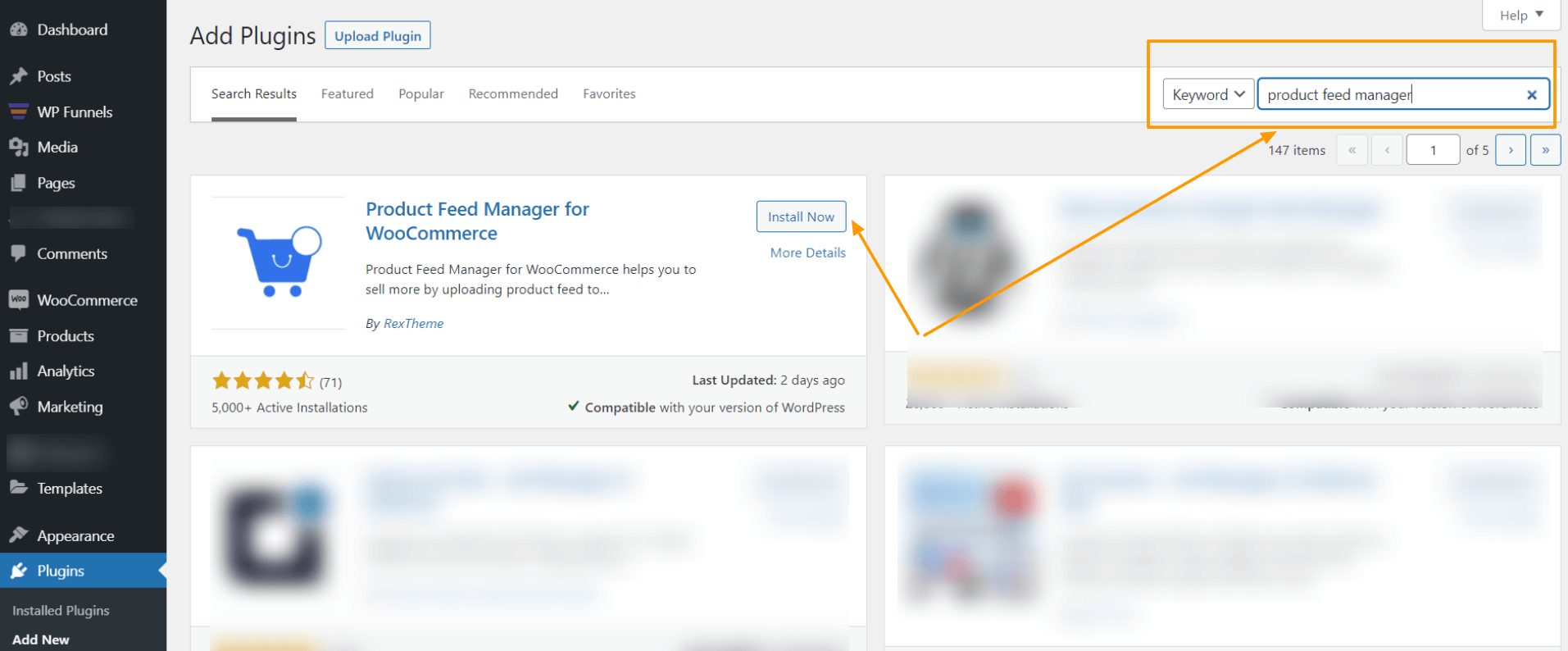
3. Click on the Install Now button.
4. Then click on the Activate button to activate the plugin.

Once you activate the plugin, you will find the Product feed menu on your dashboard menus.
Step 2 – Enable BestPrice As A Merchant Type For The Plugin
While creating a new product feed for your preferred Merchant, you need to enable that Merchant first.
1. Go to Dashboard > Product feed > Settings.
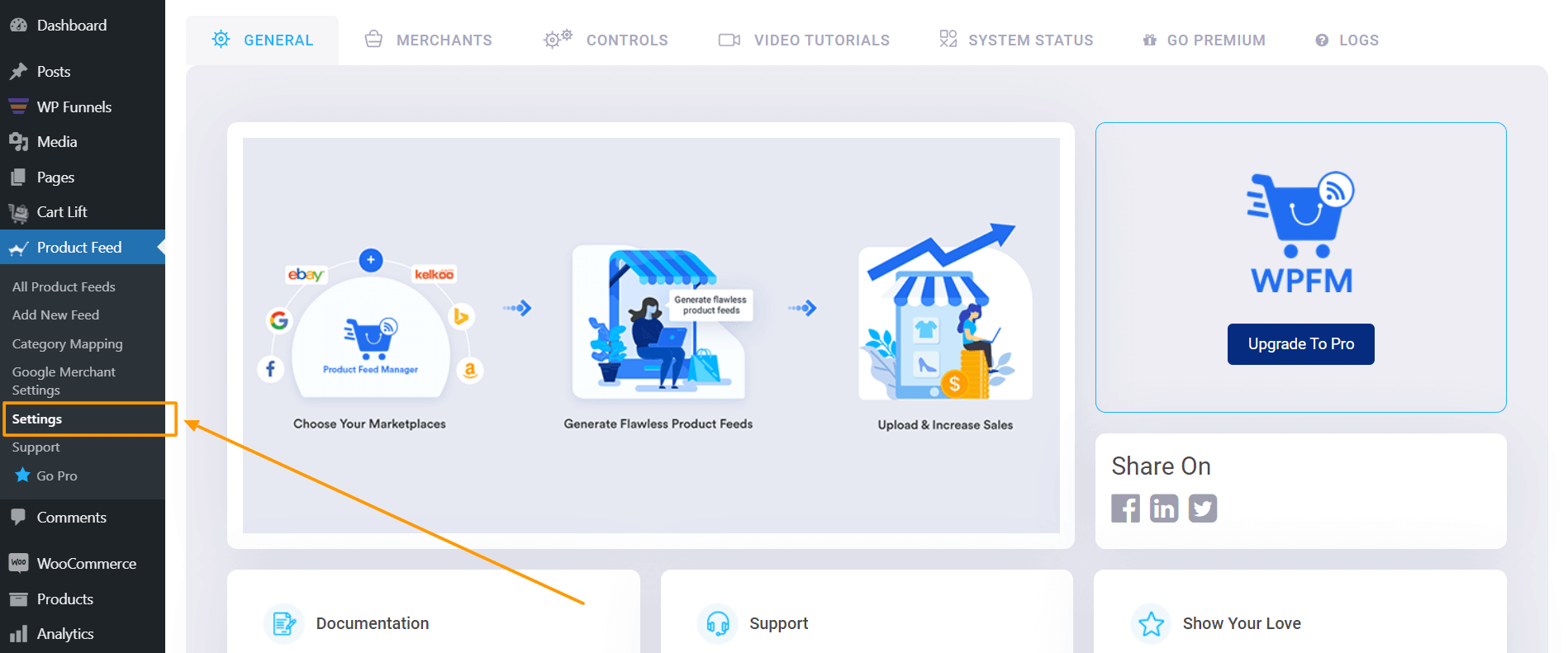
2. Click on the Merchants tab, and it will show you all the supported Merchants list.
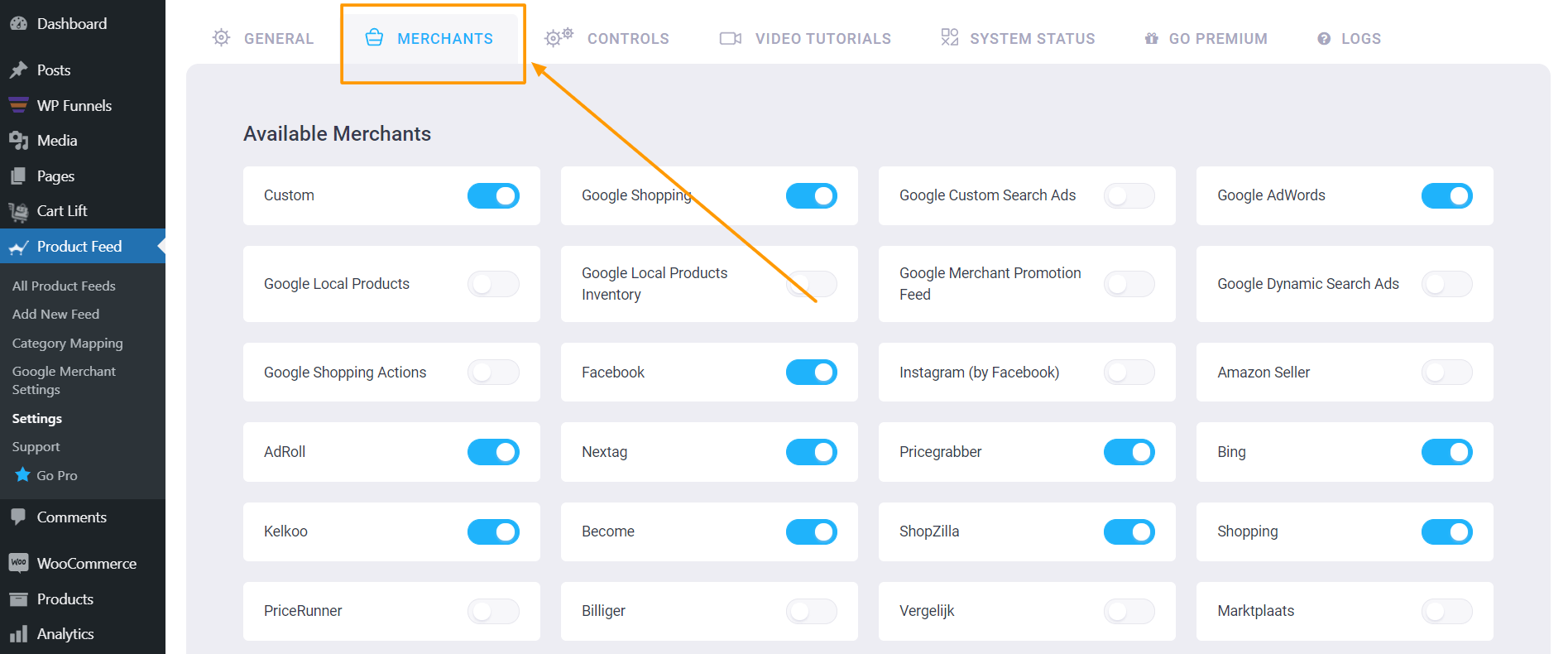
3. Search for BestPrice and enable it.
4. Now, click on the Controls tab.

5. Here, click on the Purge Cache button.
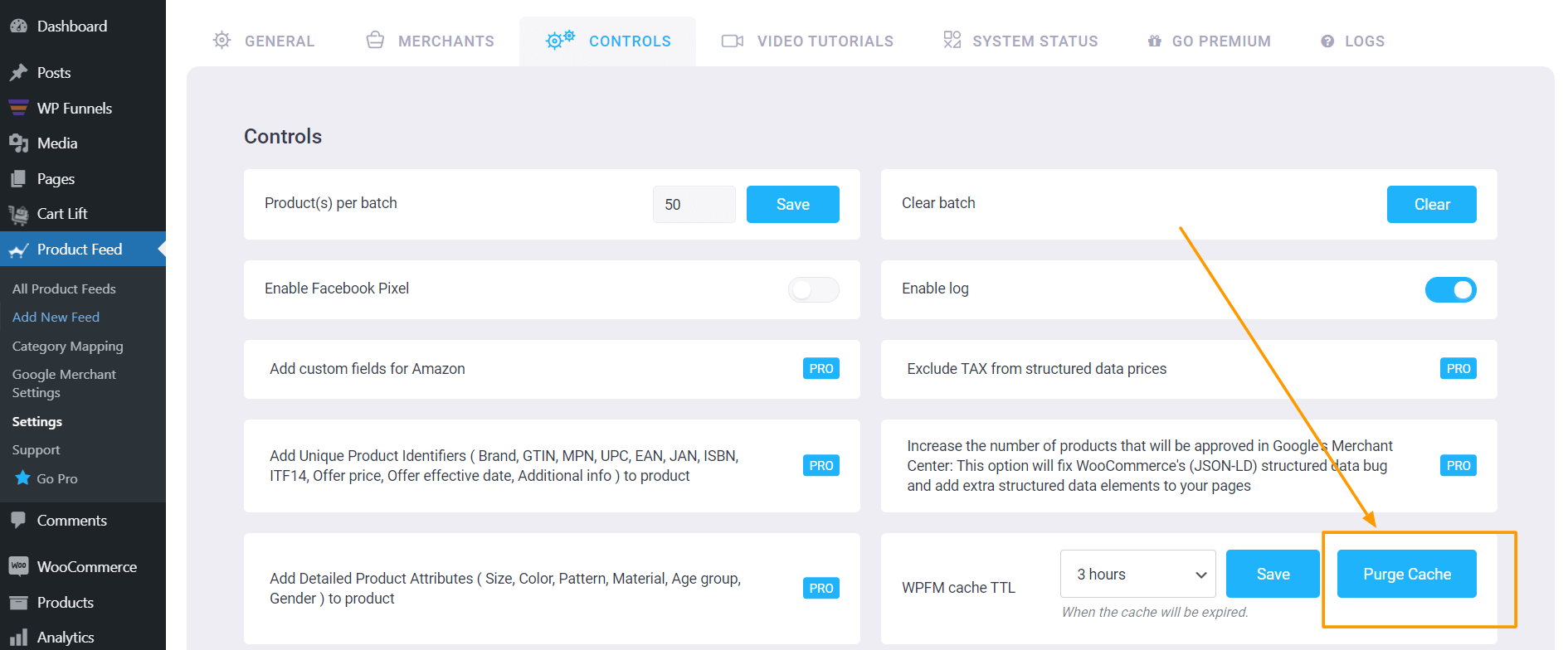
Now you are ready to generate your product feed.
Step 3 – Start Creating A New Feed
1. On your dashboard, click on Product Feed.
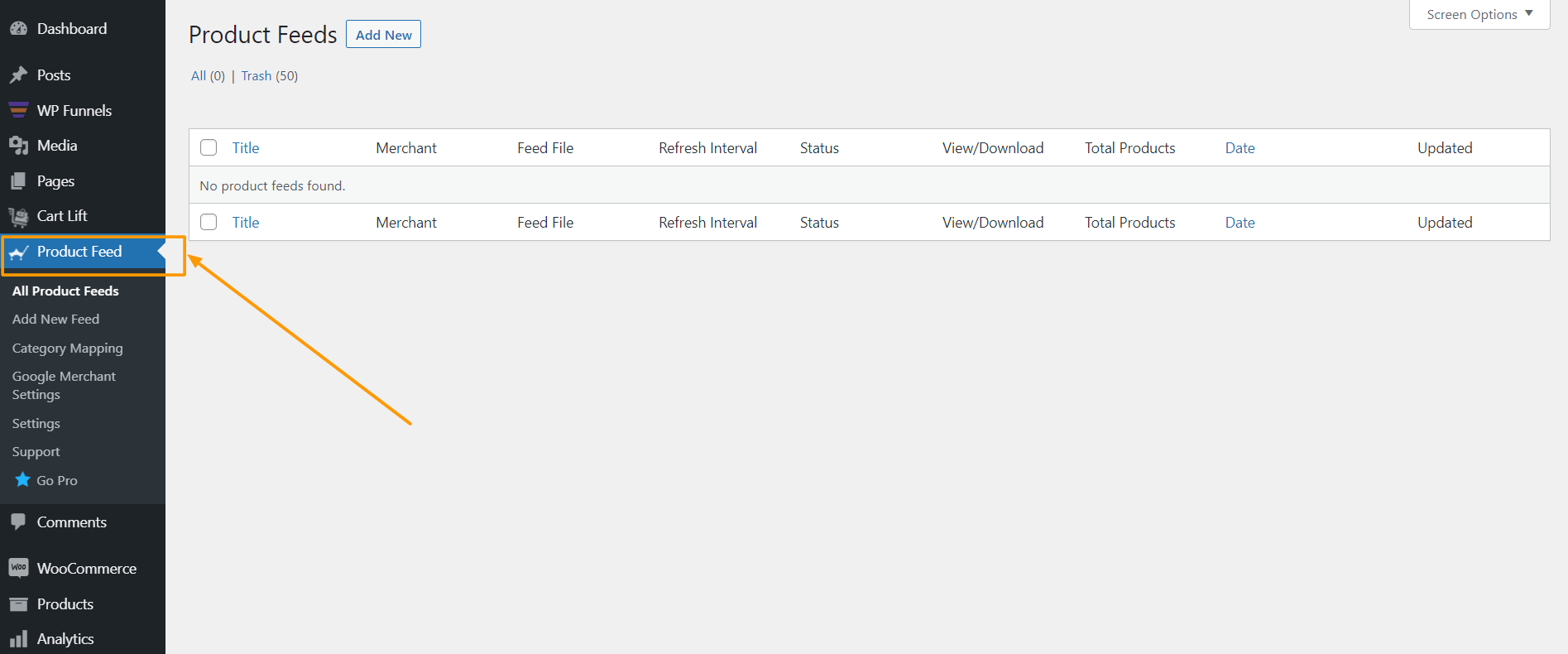
2. Next, click on Add New Feed.
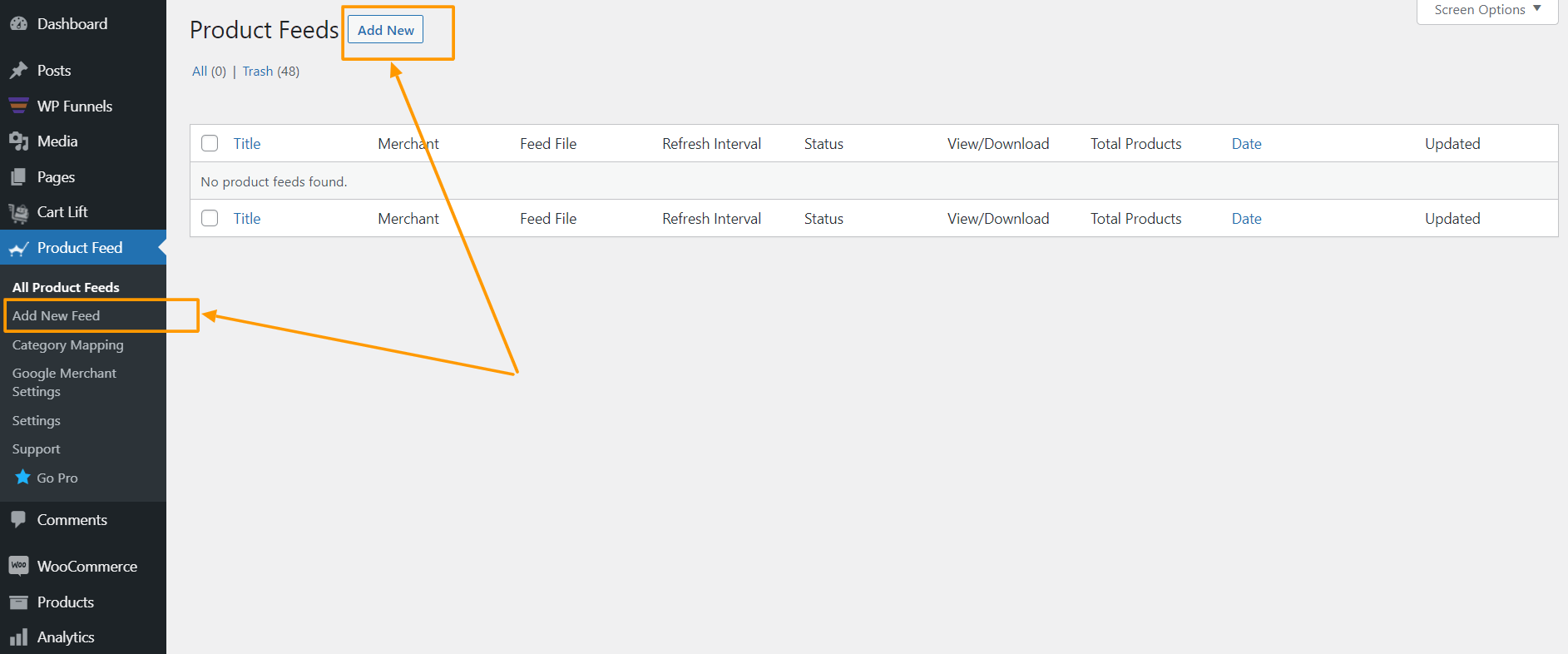
You will be taken to a blank feed generation page.

Step 4 – Configure Basic Settings For The Feed
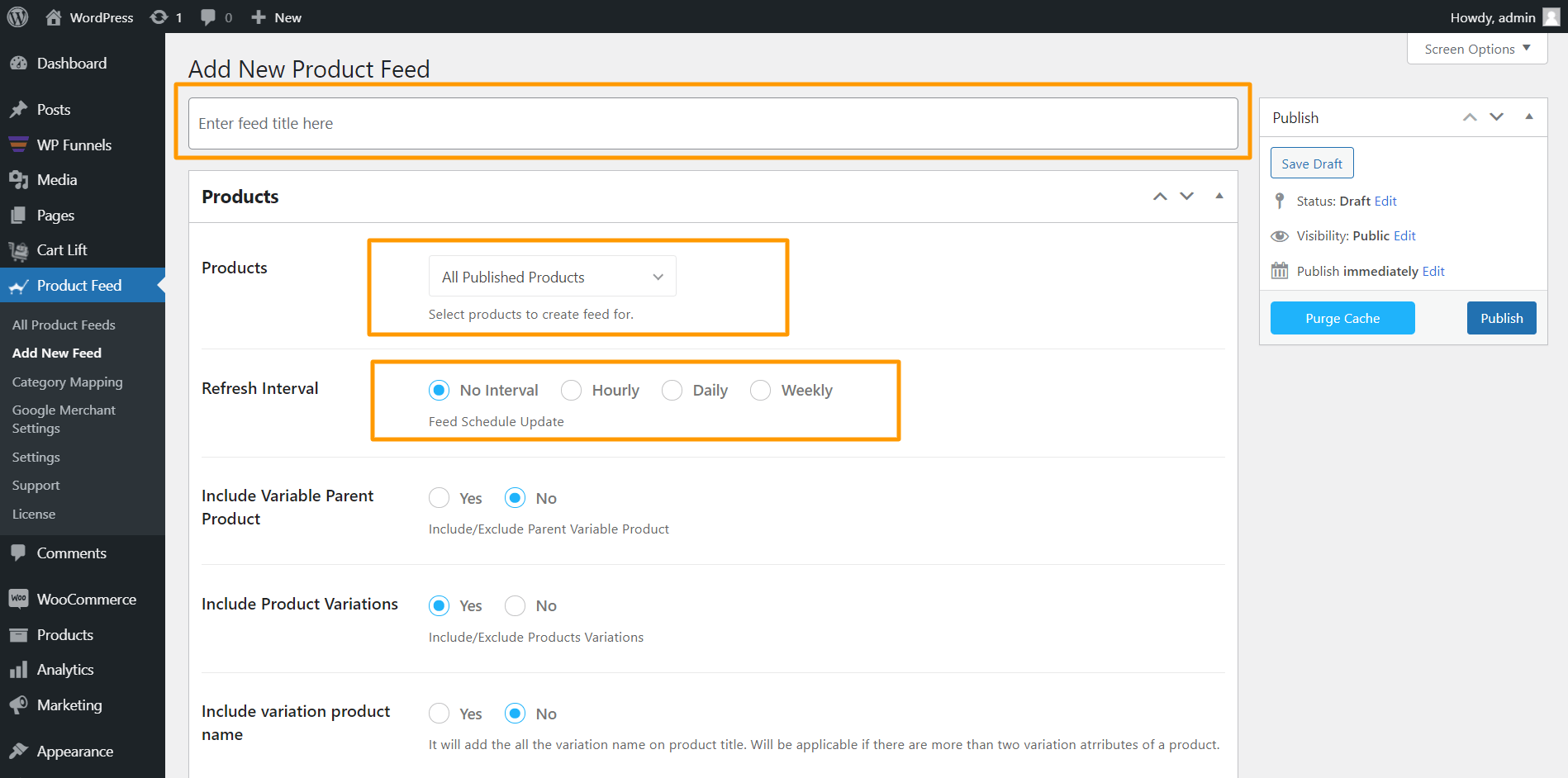
1. Give a name to your feed.
2. From the Products dropdown, you can select whether you would like to generate this feed for all of your products, or you can choose a filter option.
3. If you want this feed to auto-update on fixed intervals, you can schedule it to Hourly, Daily, or to Monthly from the Refresh Interval section.
4. Keep the “Include Variable Parent Product” as no and the “Include Product Variations” as Yes.
5. Mark “Include variation product name” as Yes.
6. You can keep the rest of the options as it is or use them if required.
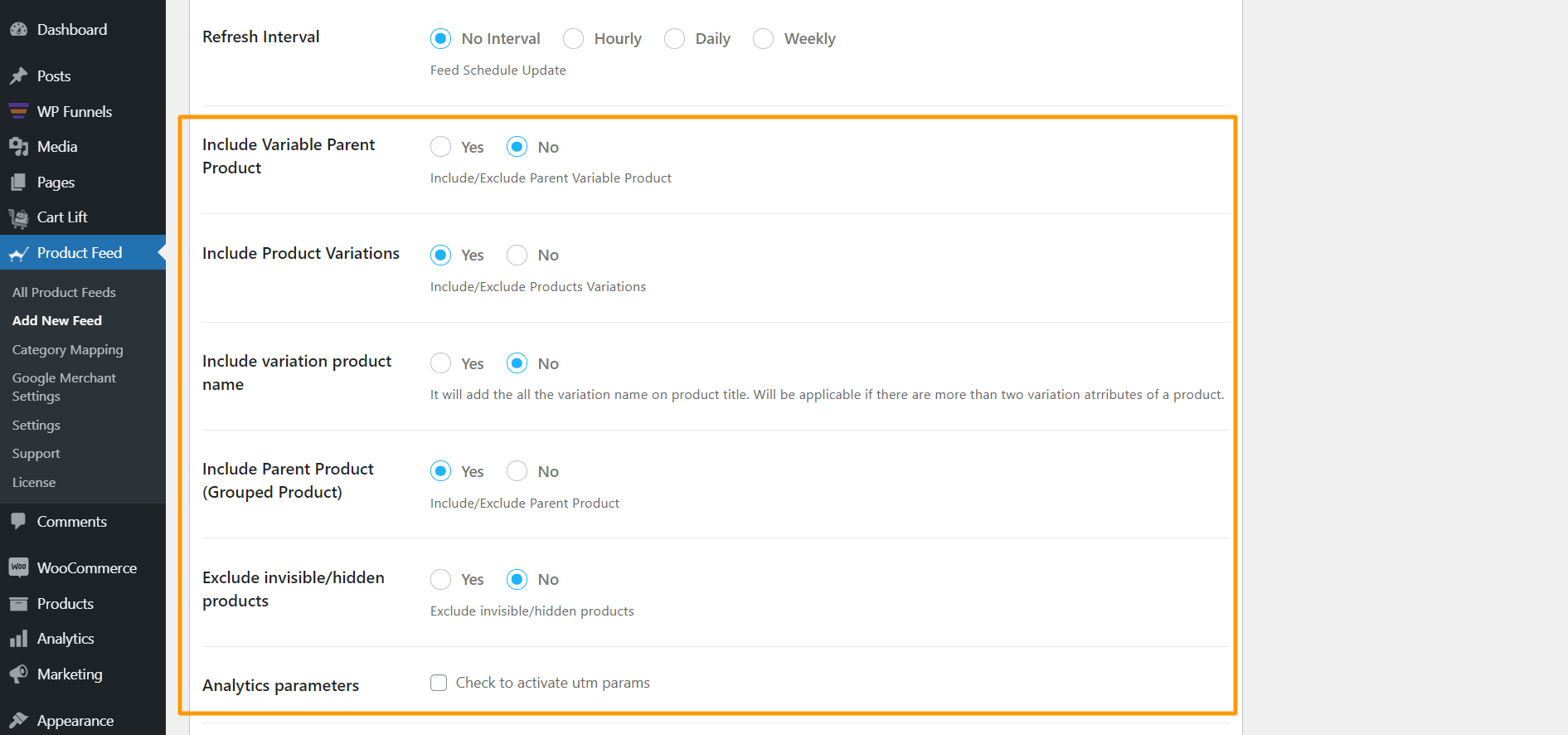
Step 5 – Use The BestPrice Greece Feed Template
1. Scroll down to the Feed Configuration section, and select BestPrice as the Merchant Type and keep the File Format as XML.
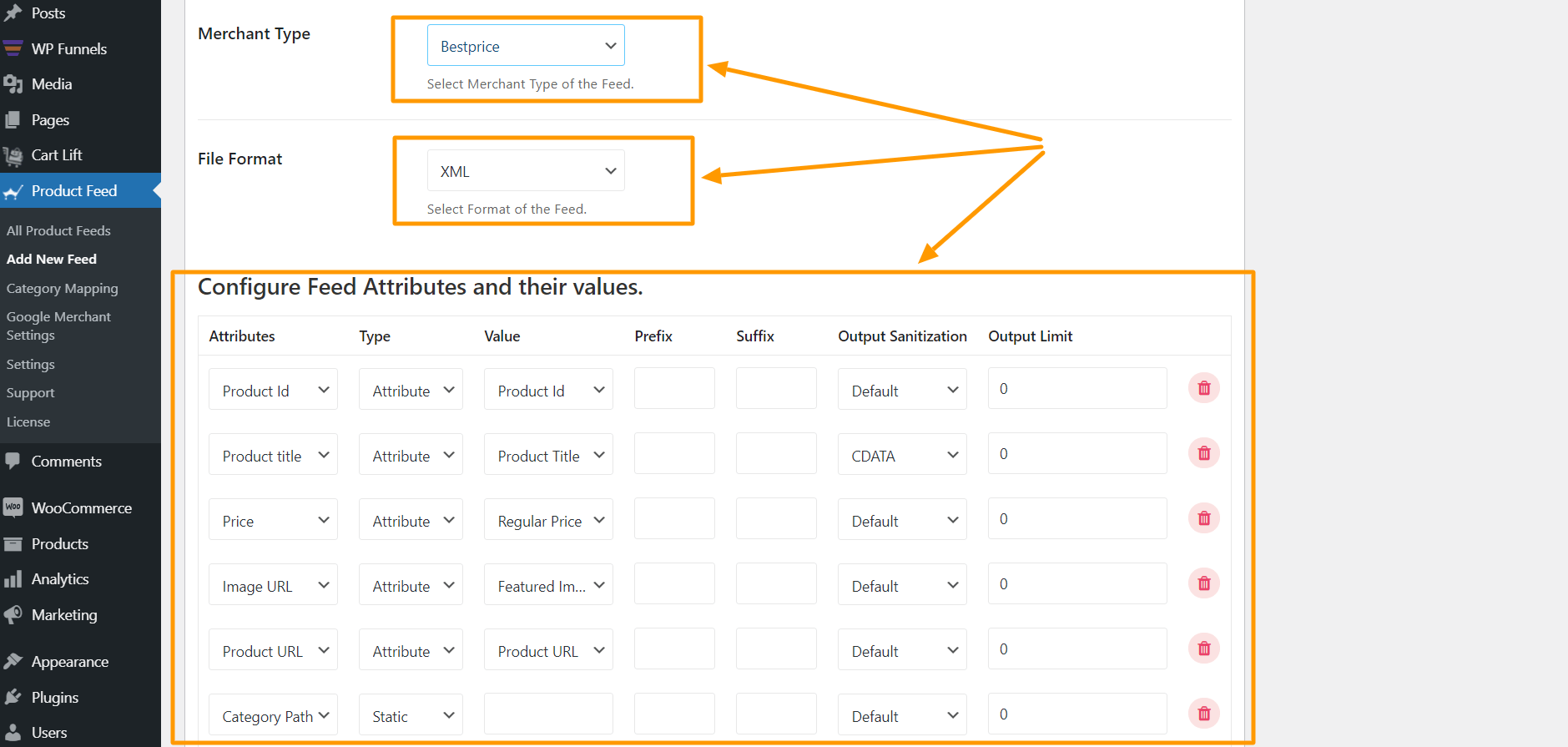
Once you choose the Merchant Type, you will notice that all the required attributes for BestPrice will appear below.
2. You will see that most of the attributes are configured. You will simply need to configure the following:
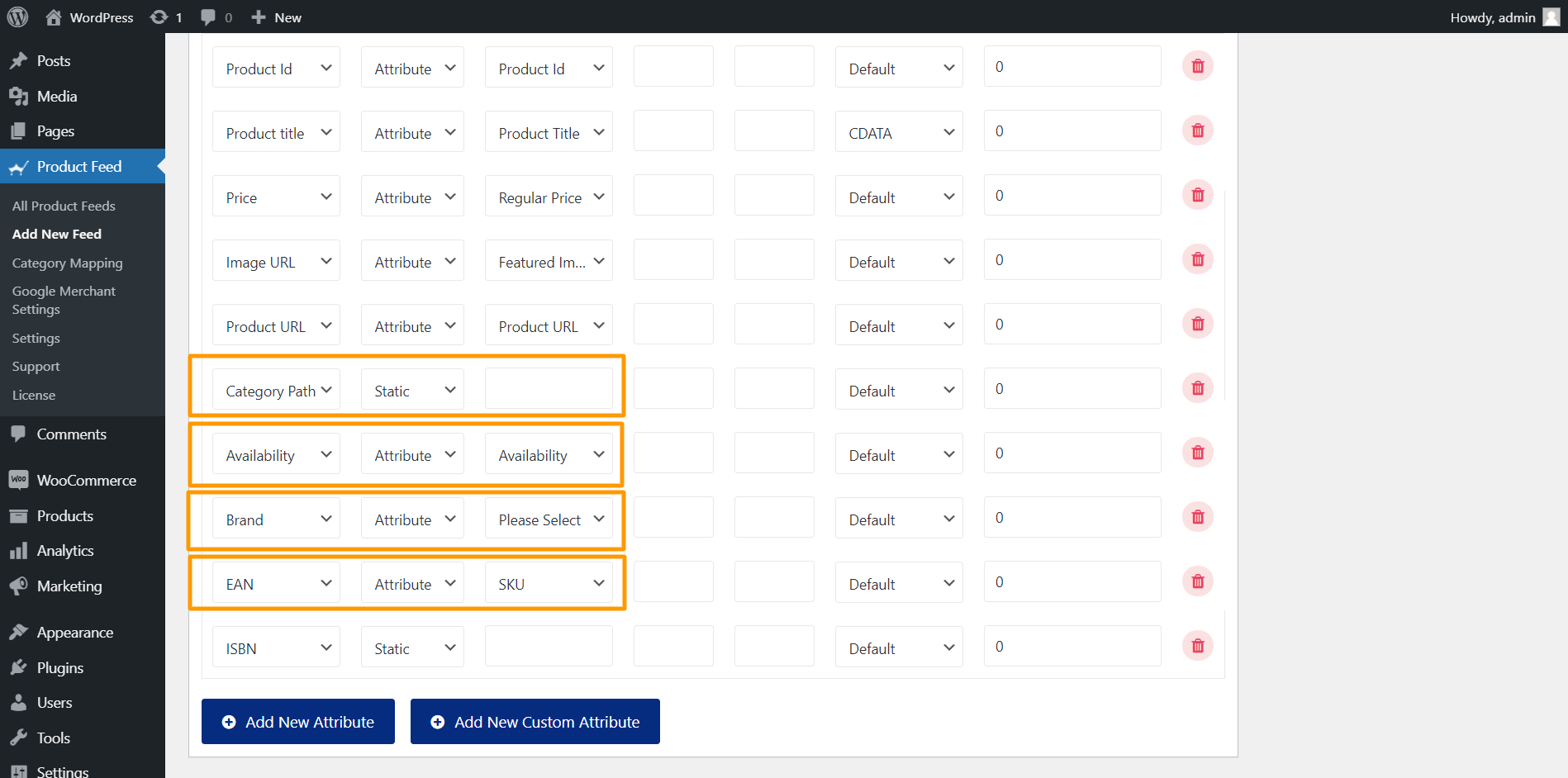
- Category Path –
You need to use category mapping to define the category paths, so for now, keep this attribute empty. We will configure this attribute in one of the next couple of steps.
- Availability –
If you have a fixed delivery time for all products, then set the type as static and input one of the accepted values mentioned earlier. If you have different delivery times for different products, then you will have to save the value in a custom field and use that value here.
- Brand –
This should be the Brand name of the product you are selling. If you are the manufacturer, you can set the type as Static and input your company name here.
If you have different brand names for different products, you will have to save the value in a custom field or product attribute and then use that value here.
**You may also use Perfect Brands for WooCommerce, which will make it easier to assign and use brand names.
- MPN –
This value should be unique to each product. So you have to save this value in a custom field within each product and use that value here.
Step 6 – Publish The Feed Initially
1. Once you are ready with your feed configuration, scroll up and click on Publish and the feed will be generated.
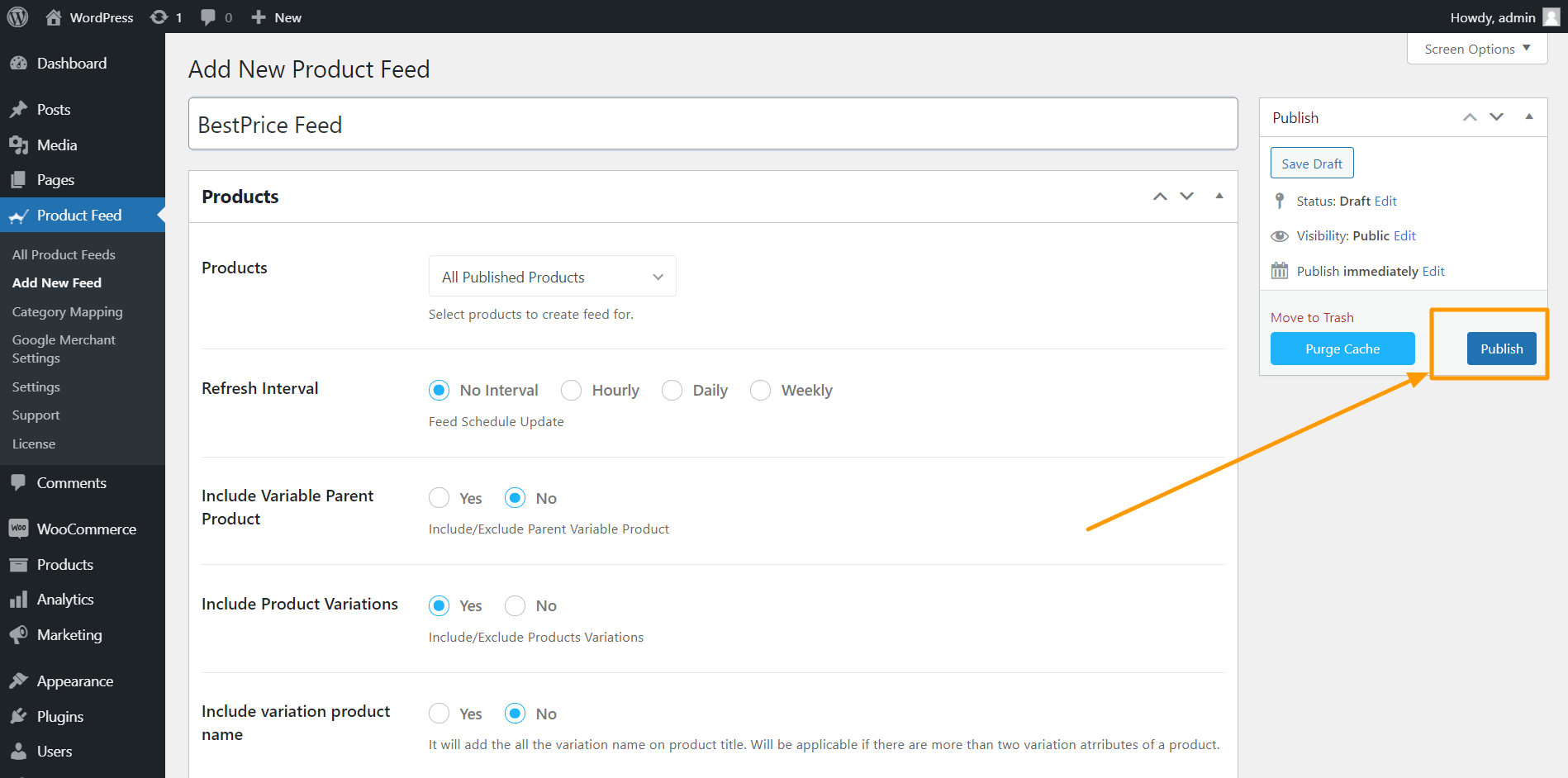
Now, remember you have left the Category Path empty.
Step 7 – Set Category Path Value & Update The Feed
1. Go to Product feed > Category Mapping and set up a new category map with the right Category paths.
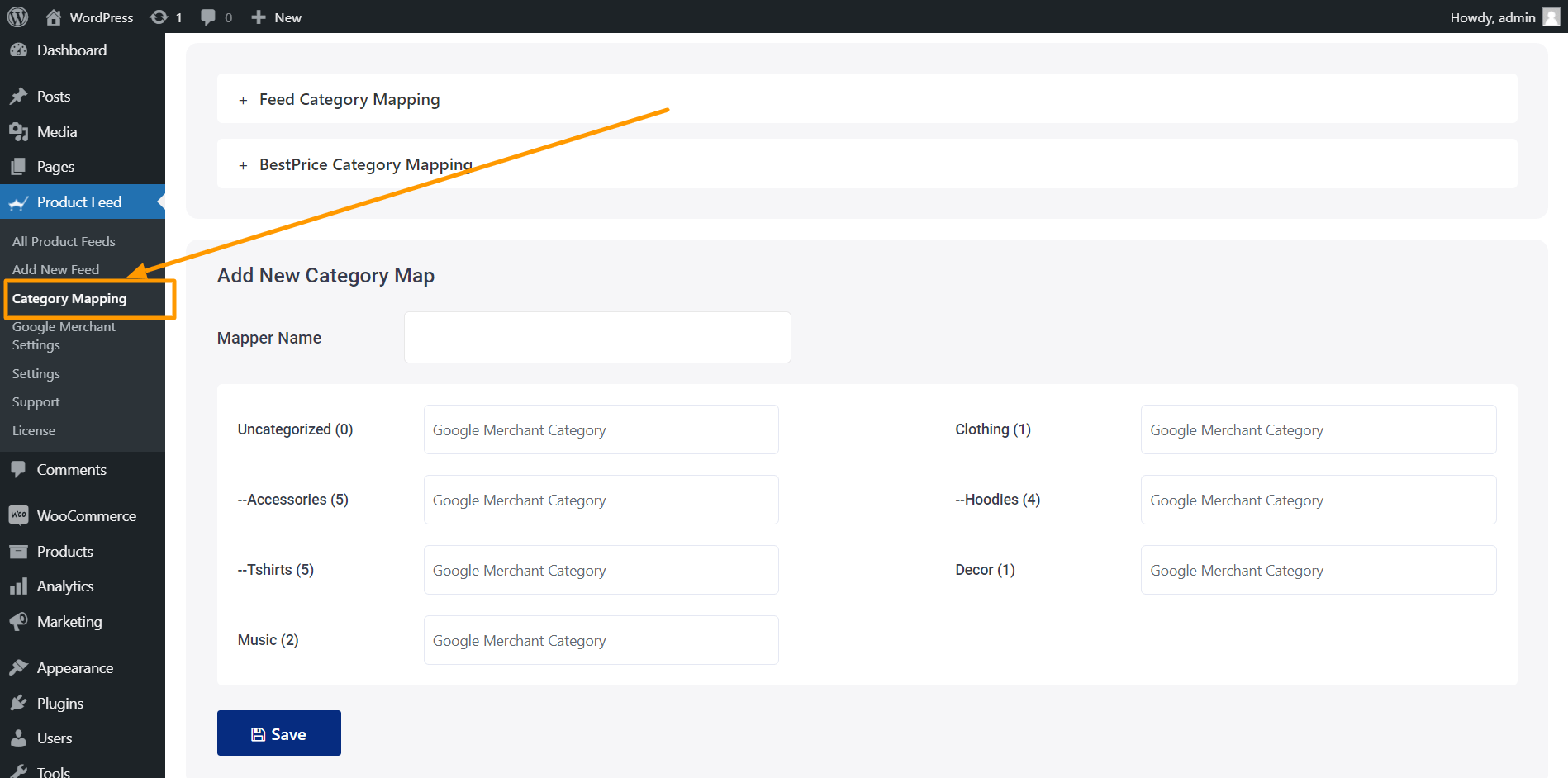
2. Once you have a Mapper saved, go to Product feed > Settings and click on the Controls tab.
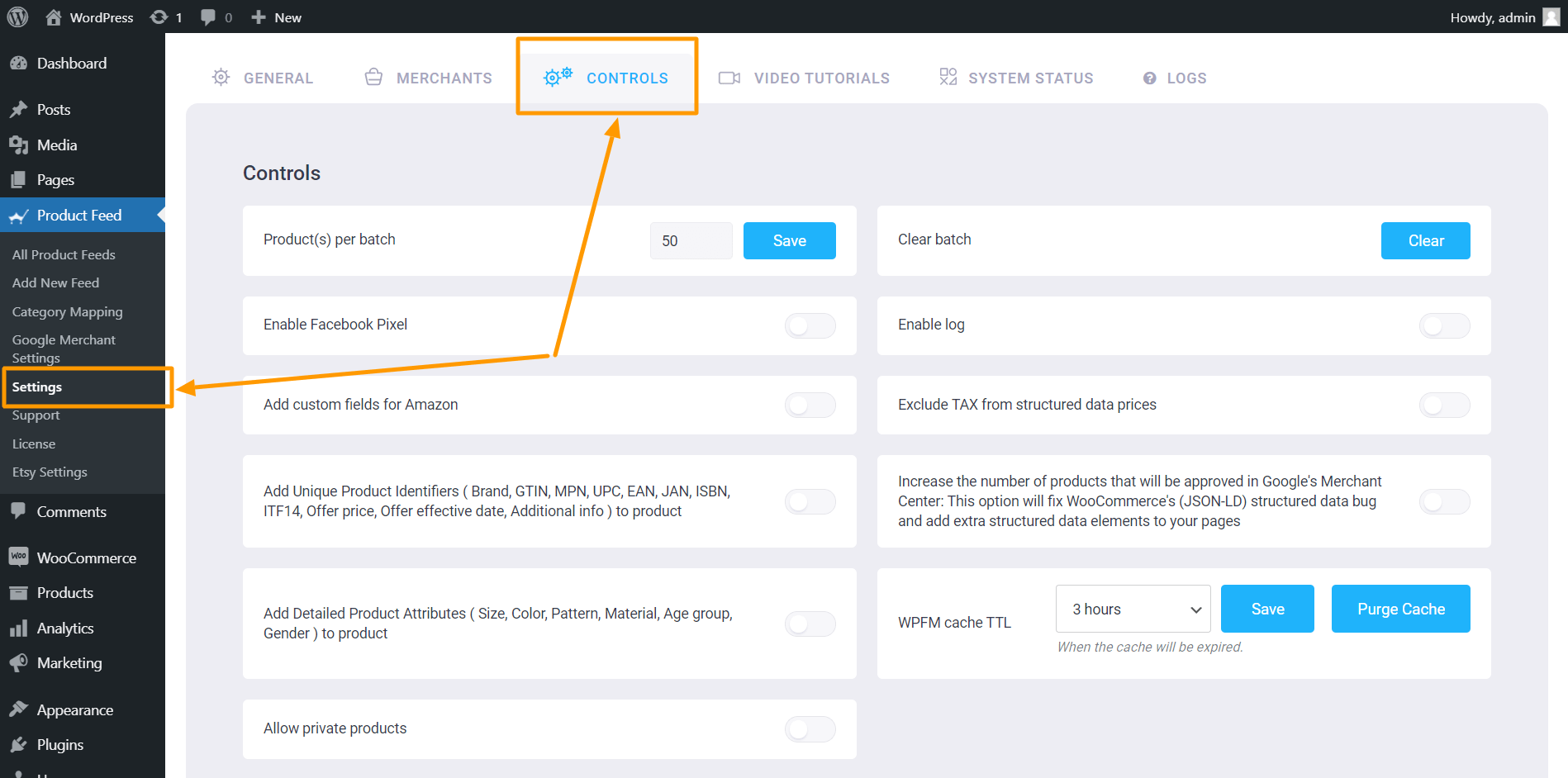
3. Here, below, click on Purge cache.

4. Go to Dashboard > Product feed > All product feed and edit the feed you created earlier.
5. Scroll down to the feed configuration section. Click on the value field for Category Path and scroll down to the very bottom to choose the mapper you created.
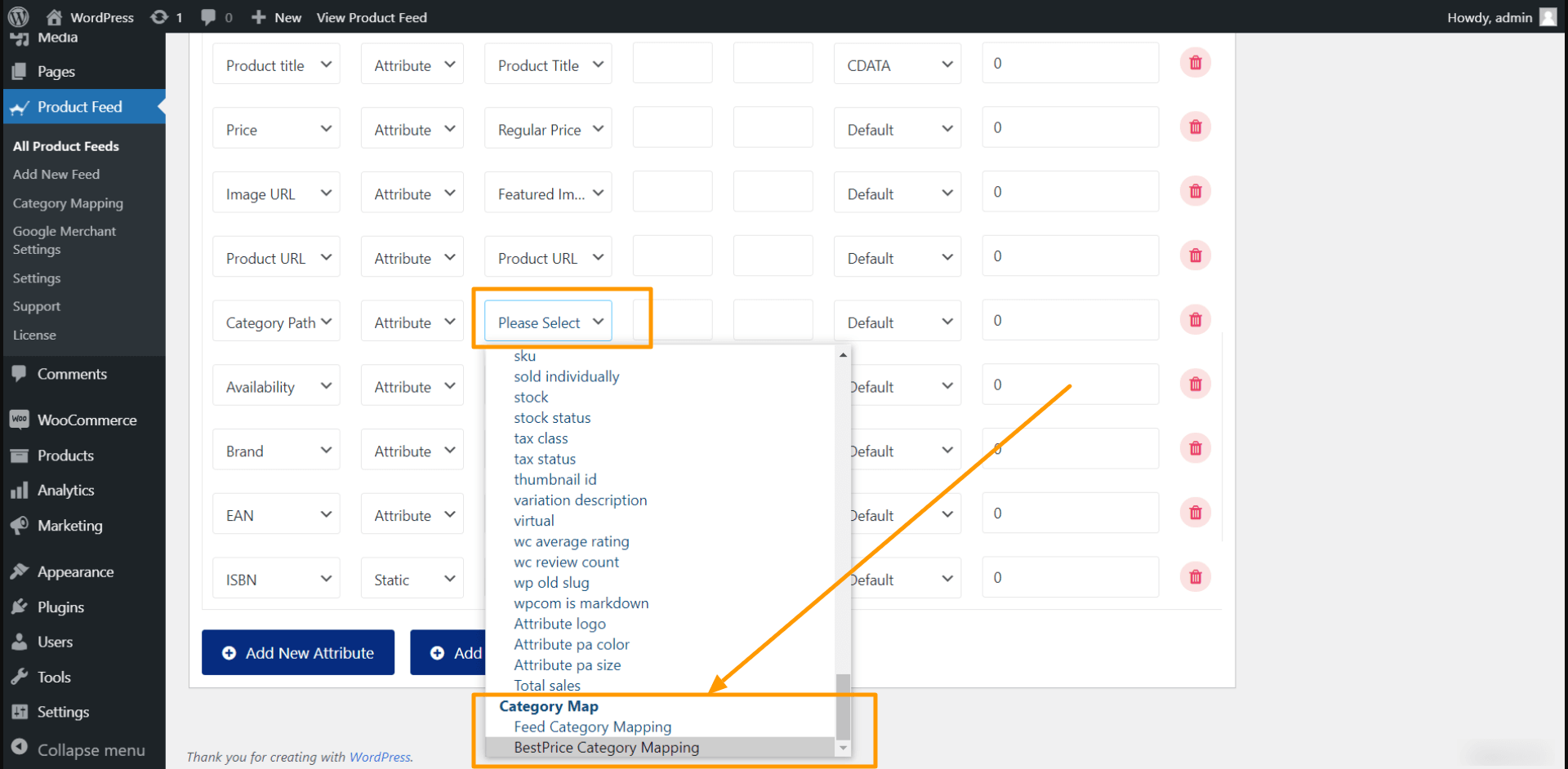
6. Scroll up and click on update.

7. Your feed will be generated, and you will be able to view or download the feed.
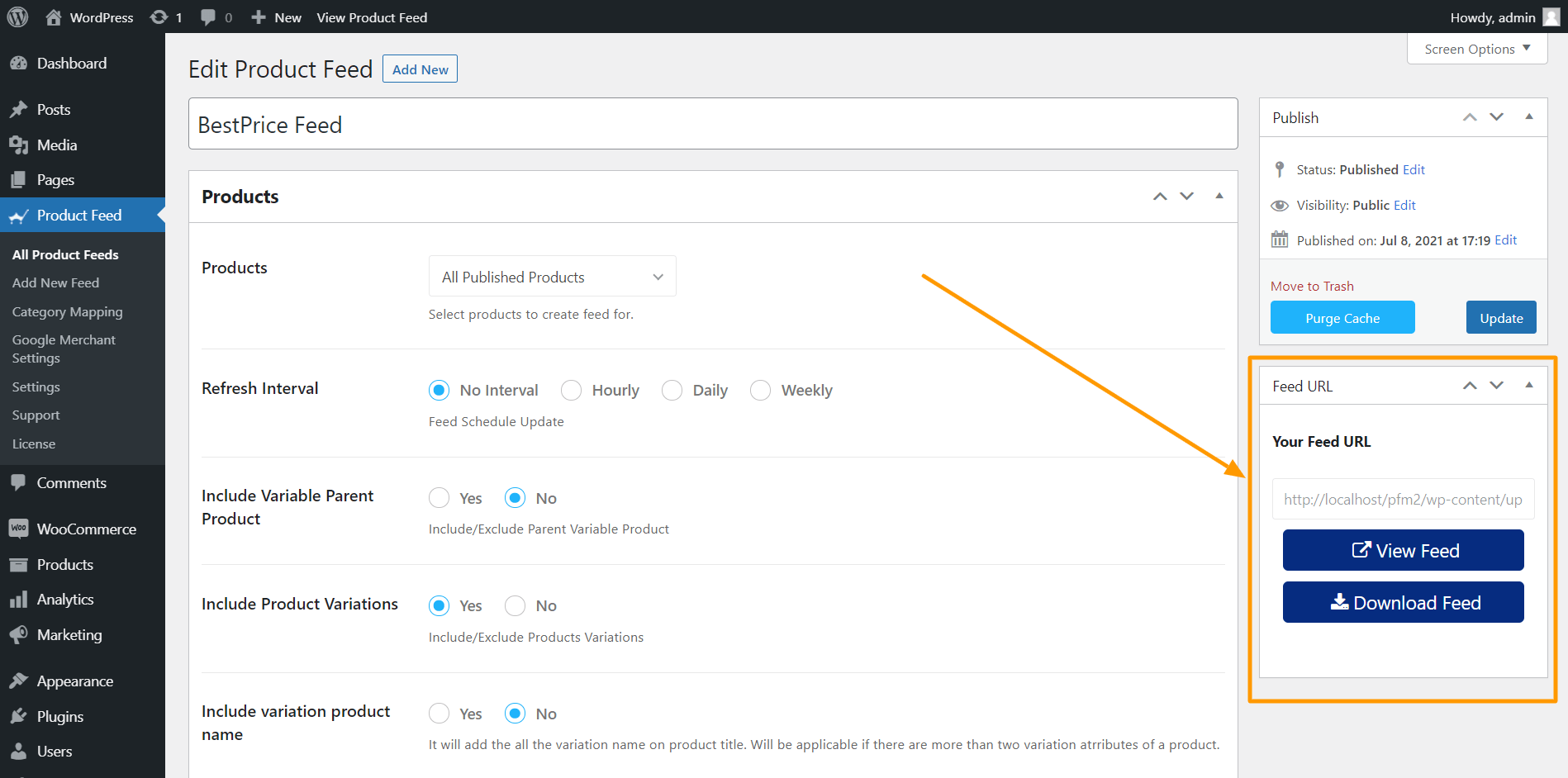
The next thing to do is to log in to your BestPrice merchant account and submit the feed URL to list your products on BestPrice.
That’s it. That’s how easily you can generate a product feed and list your products as BestPrice.gr market προσφορέσ.
Conclusion
BestPrice has already become a one-stop solution for many retailers in Greece as it has proven to deliver great results in terms of sales.
Since you own a Greek WooCommerce store, it’s best if you, too, can take advantage of the huge local audience that BestPrice has to offer.
And now that you know how easy it is to generate a product feed go ahead and use Product Feed Manager for WooCommerce to create and upload your products on BestPrice.gr.






